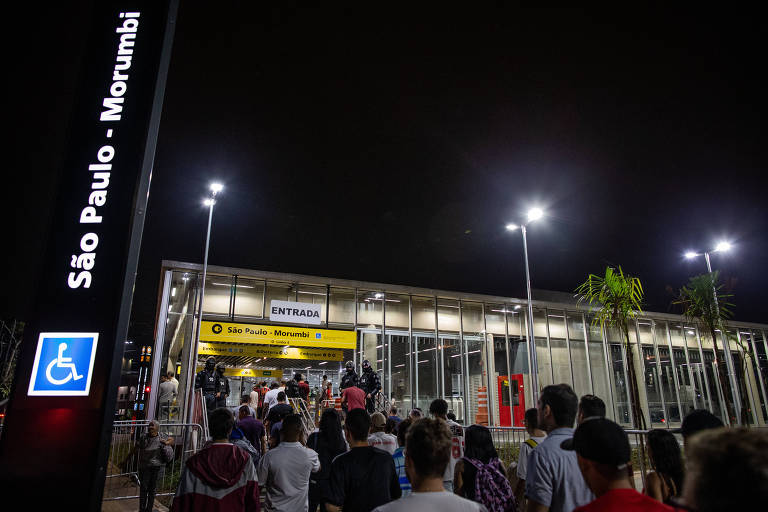The São Paulo Metro, under the management of São Paulo governor João Doria (PSDB), plans to contract a new monitoring system that will include cameras with facial recognition capability.
The use of this technology, still new in Brazil, will expand significantly when applied to the busiest subway network in the southern hemisphere, with about 3 million passengers circulating daily on the three main lines of the São Paulo Metro.
According to Rafael Zanatta, a researcher at the Latin American Network of Surveillance, Technology and Society Studies, the need to hire a face identification system must be very well justified given the risk of loss of freedom.
"The social costs and freedom of this hiring must be clear. We have to know whether or not there is a security crisis in the subway, if it is worth hiring,” he said.
The contract, whose cost has yet to be revealed, will be implemented over three and a half years.
The Metro expects to expand its fleet of cameras from the current 2,200 to 5,200. Another objective is to centralize the command of the cameras.
"This project, as it is, is not tied to the Public Security Secretary, but an agreement will be made with the secretary to receive their database and use it to monitor the metro," said Silvani Pereira, the president of the São Pauly Metro.
Thus, the system could help identify, for example, outlawed people and persons who have an arrest warrant issued.
Thus, the Secretary of Public Security said they arrested 41 people wanted by Justice using this technology. In Rio de Janeiro, the use of similar technology has not been so positive. One person was arrested after being mistakenly identified as a criminal who was in the police database.
Translated by Kiratiana Freelon
